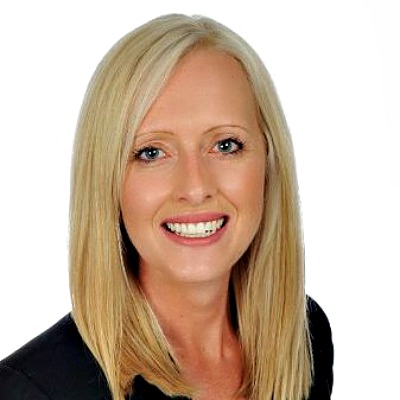
Process-mapping should become a seamlessly-embedded routine for financial planners and business owners, akin to the training of elite athletes.
Roger Federer, 36, is widely considered the greatest of all time (or GOAT) men’s tennis player, a reputation he capped off this July in winning his 19th career grand slam title at Wimbledon.
To some, the Swiss master has elevated this most repetitive of games to the sporting equivalent of art.
But whether you consider Federer is artist, GOAT or just pretty handy with a racket, he clearly has put the hours in learning his trade.
For instance, he regularly is lauded for possessing the most accurate first serve in the history of the game, which the historical record also shows is a match-winning quality.
In financial planning, as in tennis, consistent service is also a key to success.
And just as Federer has transformed the repetitive mechanical actions of serving a tennis ball into a flawless, fluid ‘artistic’ process, financial advisory firms need to convert their business routines into consistently smooth experiences to stay on top of the game in this fast-paced profession.
As all advisers well know, the most important component of our work – helping clients build better financial lives – can easily be overwhelmed by humdrum back-office distractions: the admin, the paperwork, the HR issues and the compliance procedures.
The background noise of the financial advisory business is undeniably getting louder, too, with a host of new regulatory obligations – including education requirements and disclosure rules – compounding the already substantial challenges of client servicing, technology management, and keeping up with ASIC licensing compliance.
With so much shouting out for our attention, it is easy to understand why financial planners can lose track of where best to apply their energy. Often the paperwork suffers or, worse still, client service slips through the cracks with sometimes dire consequences.
Commonly, I hear from advisers how a client issue could’ve been avoided "if only" they had followed a few simple steps: more often than not it is that client who will end up complaining or disputing fees.
The only way to minimise such process risks is to automate – as much as possible – our routine tasks into a coherent, transparent and comprehensive business management system.
However, prior to implementing any system you will need to develop a thorough understanding of every nut and bolt in your business, and how they fit together into a seamless whole.
This so-called ‘process-mapping’ will help you visualise everything you do in your business, clearing the way for a more streamlined approach to management: it will show you exactly which pieces of your business process can, and should, be automated.
While you might want to start with an old-fashioned pen-and-paper, today there are an increasing number of software packages that can assist financial advisers develop a process map. Popular examples include Xero Workflow Max, Karbon or, my favourite, Salesforce CRM with the Practifi Skin.
A good process map guides you to a deeper understanding of how your business actually operates, offering insights such as:
• Pinpointing processes that may be more time-consuming than previously thought – and therefore should incur a higher charge;
• Highlighting steps in the process that can be removed – leading to greater efficiency;
• Or, conversely, identifying parts of the process that may be missing or need upgrading – which will keep compliance departments happy; and
• Giving a helicopter view of what your business actually achieves for clients and the best route to that goal.
Inevitably, creating a process map is time-consuming, but the long-term rewards of a consistent service offering outweigh any short-term pain with benefits including:
• More time to focus on working with clients;
• Greater accountability to yourself and others;
• Increased trust from clients – potentially leading to more referrals;
• Better team engagement as staff will know exactly what they need to do (which will also improve employee training);
• The ability to manage your business proactively rather than always being in catch-up mode; and
• Creating a best-practice environment that adds to the bottom-line value of your business.
Process-mapping makes sense whether you run a one-man band advisory practice or – like us – a multiple-office financial planning network.
In fact, I would say one of the most effective things we have done is to detail every single step in our business both as a licensee and as a financial planning practice.
For us, the process mapping resulted in a workflow plan covering 70-odd pages that delivers enormous efficiency and quality control.
Right now, for example, I can see that the business is currently dealing with 336 tasks, 17 of which are overdue. My system further breaks these tasks down by staff and client, meaning we can address nascent issues before they morph into big problems.
Business routines should be seamlessly embedded in your operating systems as the sub-conscious muscle-memory Federer taps into every time he serves an ace.
Philippa Sheehan is managing director of MyPlanner Australia.
Never miss the stories that impact the industry.